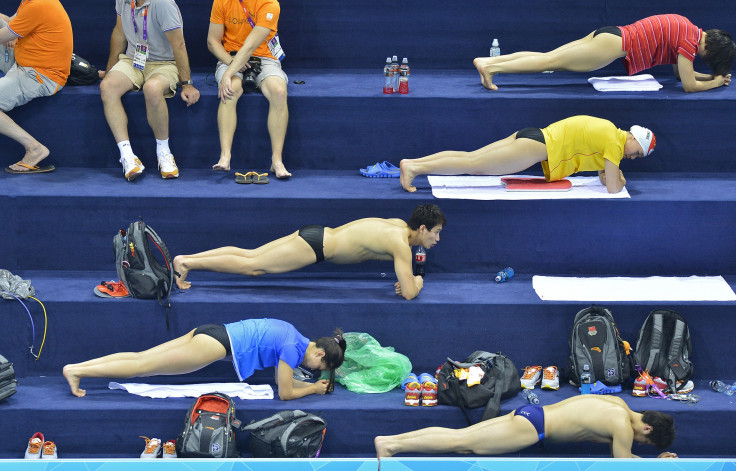Strength-training Australia: 90% Aussies fail to meet ‘global and national muscle-strengthening activity recommendations,’ says study

In a study of nearly 200,000 Australians, it has been revealed that Aussies are struggling to keep up with the national and global muscle-strengthening activity recommendations. The Australian guidelines included strength-training only in 2014. This perhaps is the reason why people Down Under have been slow on the adoption of muscle-strengthening activities.
According to Australian Bureau of Statistics, around 60 percent of Australian adults participate in physical activities. There are more than 3,300 gyms in the country, 1,100 of which came up in the last five years. Still, Aussies are struggling. About nine out of 10 do not meet the twice-weekly strength training guidelines. Strength-training includes using body weight and resistance bands and lifting weights.
The study said that these figures can be considered a public health concern as Australians are losing out on the numerous health benefits associated with muscle-strengthening activities. The study is a first of its kind and it shows that Australians need to take strength-training very seriously.
Research has shown that strength-training comes with a variety of benefits such as improved blood lipid profile, metabolism, bone density, reduced blood pressure, body fat and risk of diabetes and better mental and physical performance. While a lack of exercise is a major cause of preventable death and diseases in the world, health experts are now focusing on muscle-strengthening too.
According to lead author Dr. Jason Bennie of Victoria University's Institute of Sport, Exercise and Active Living, Australians have negative stereotypes associated with weightlifting. People look at these activities as super-masculine and females “may think they will put on a lot of muscle and there might be an association with Arnold Schwarzenegger-type characters.”
In 2010, WHO released first global guidelines to include strength-training activities. They state muscle-strengthening activities must be incorporated twice or more times every week and involving major muscle groups.
“It should be pointed out that strength and hypertrophy (muscle growth) are two different things. You don't have to make your muscles all puffy and huge in order to get stronger … not at all. To grow your muscles like bodybuilders do, you have to put in a lot of time and effort – and eat a LOT!” explained founder of Agoga and BUF Girls, Libby Babet to The Sydney Morning Herald.
Bennie believes that people generally have no idea where to start when it comes to weight training. He wants a public health plan that would provide support for people, spaces and places to get lifting in a safe way. A lot of people do not take up strength-training activities as they are not sure what to do and how to go about it.





















